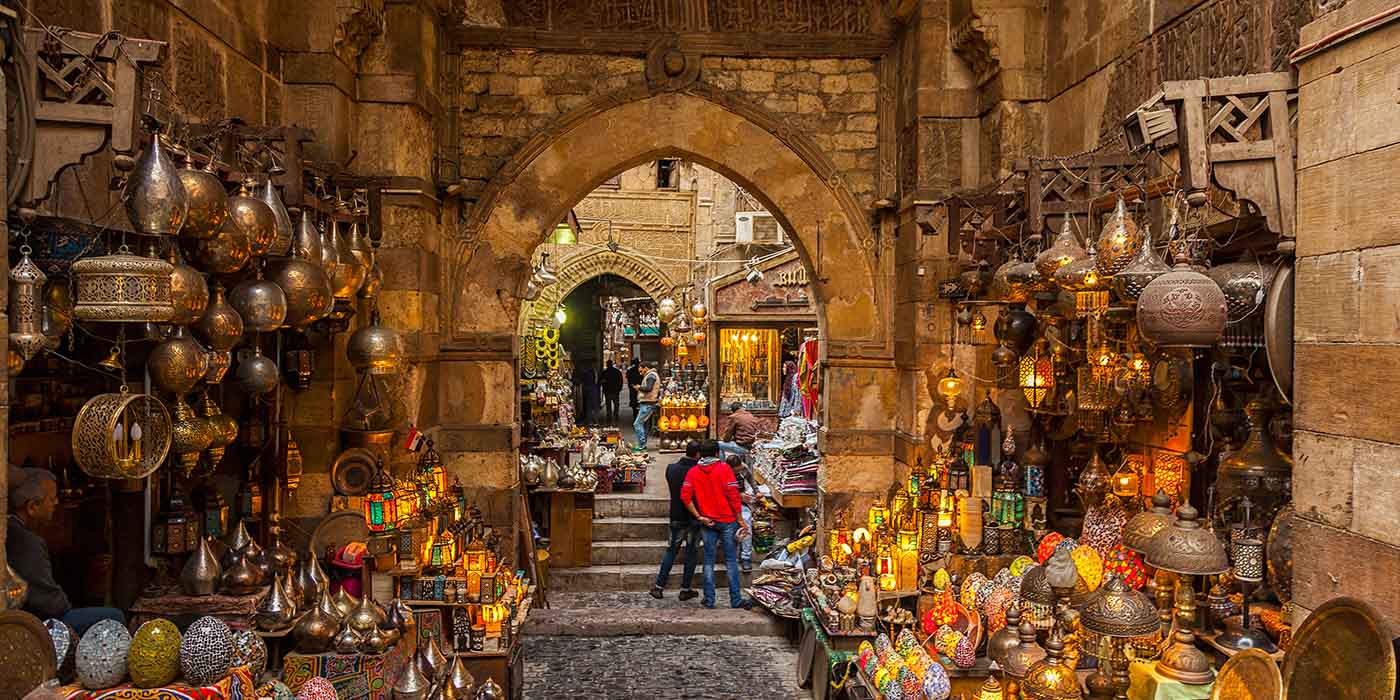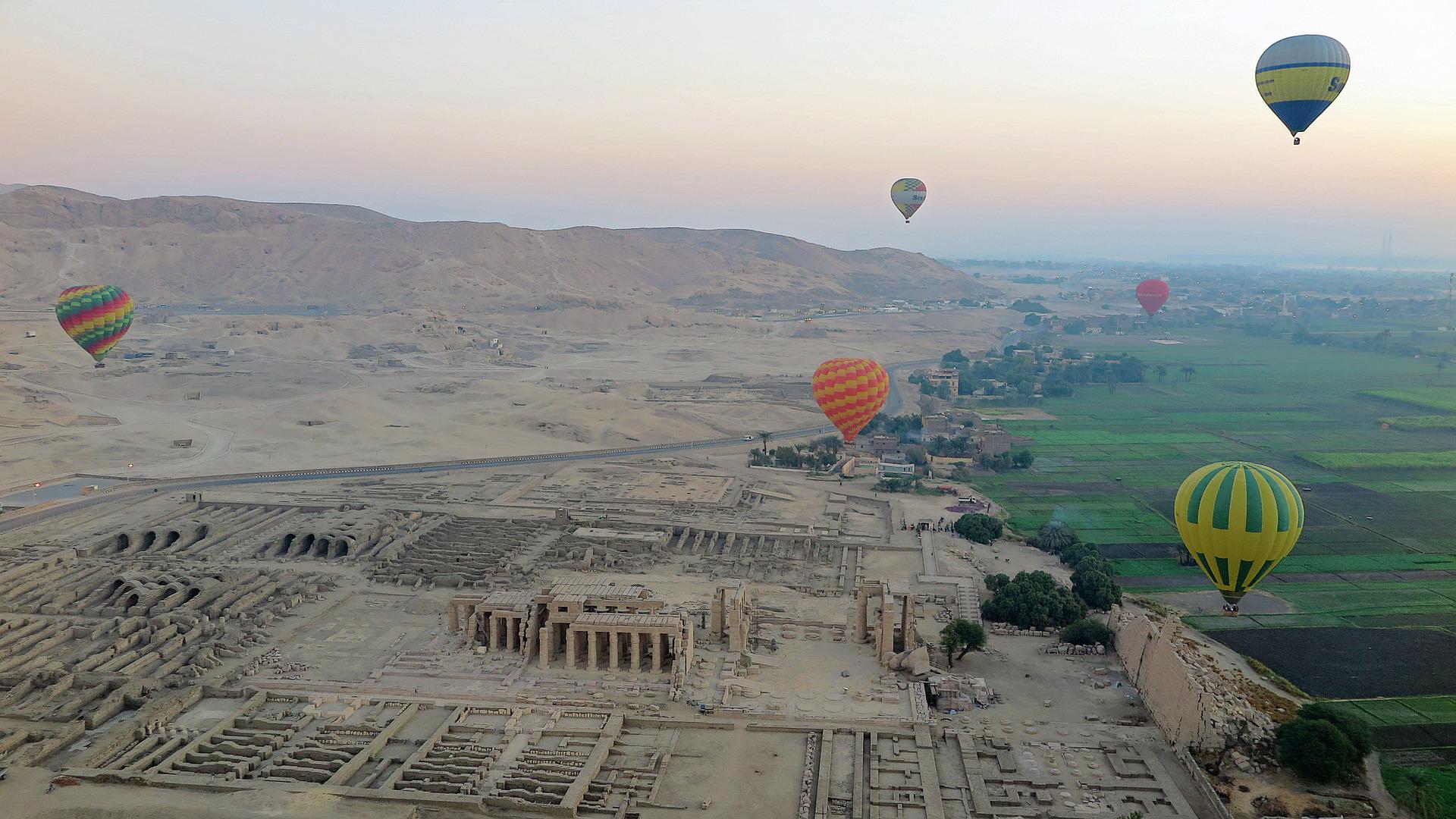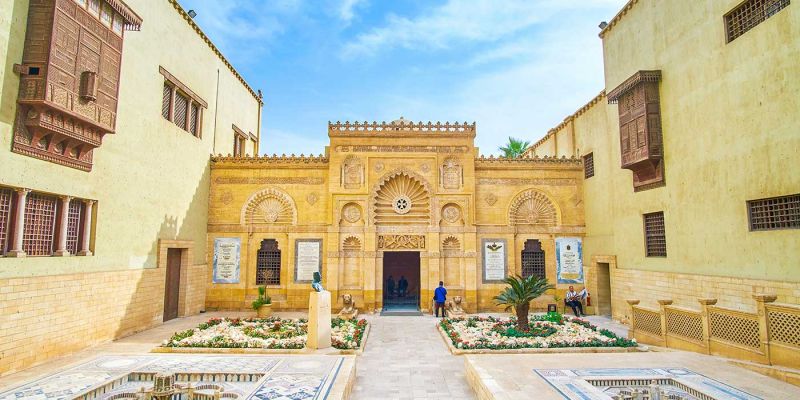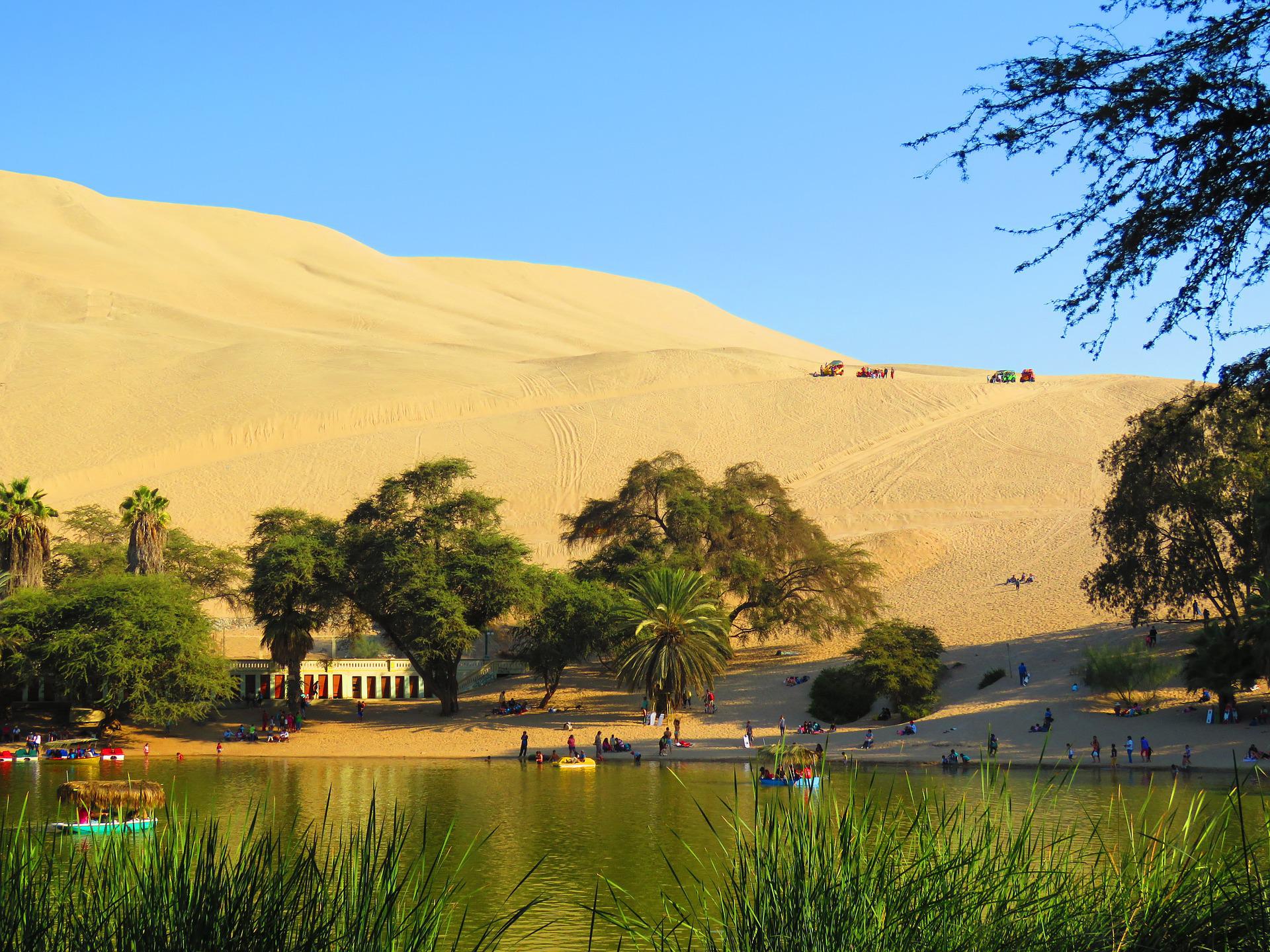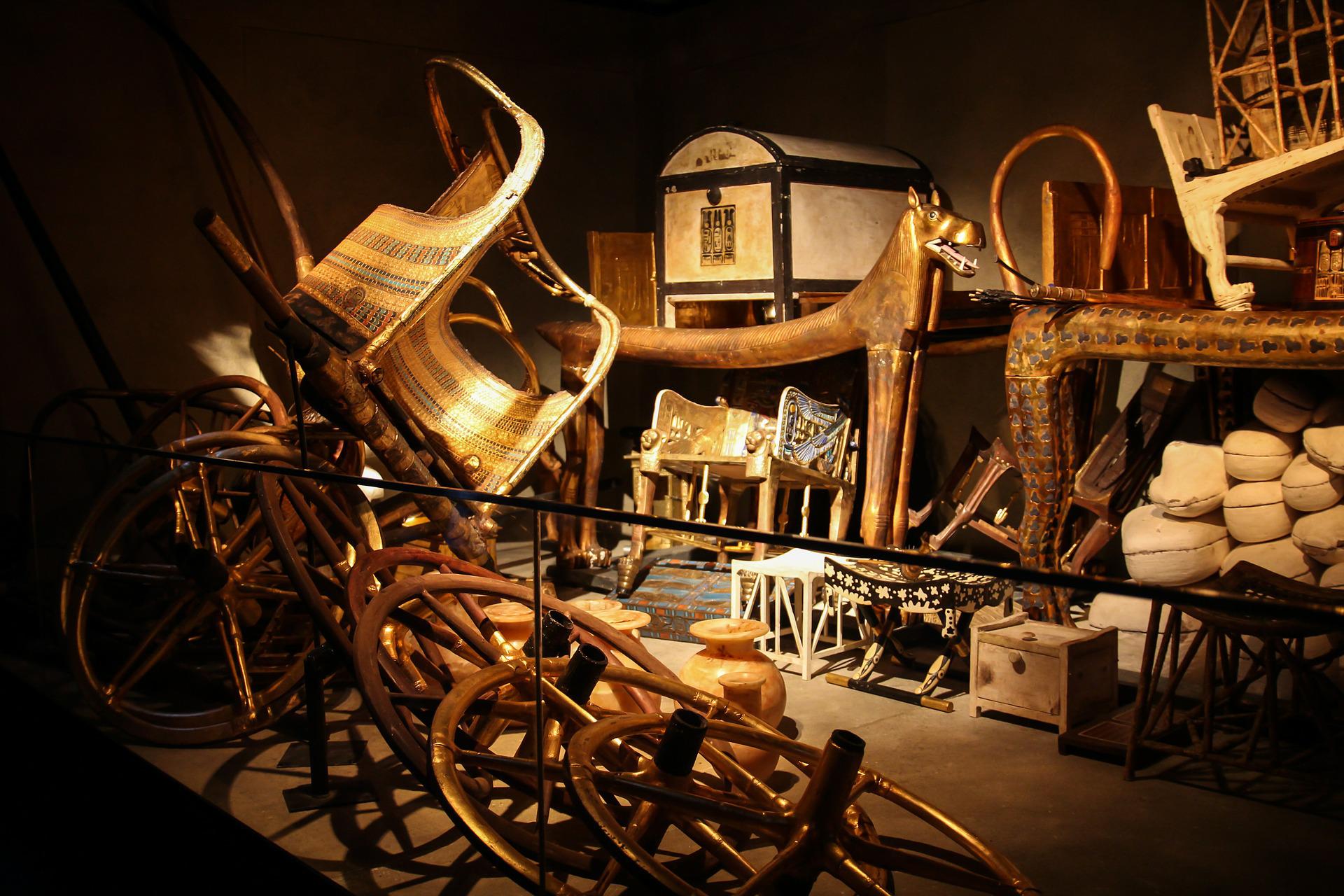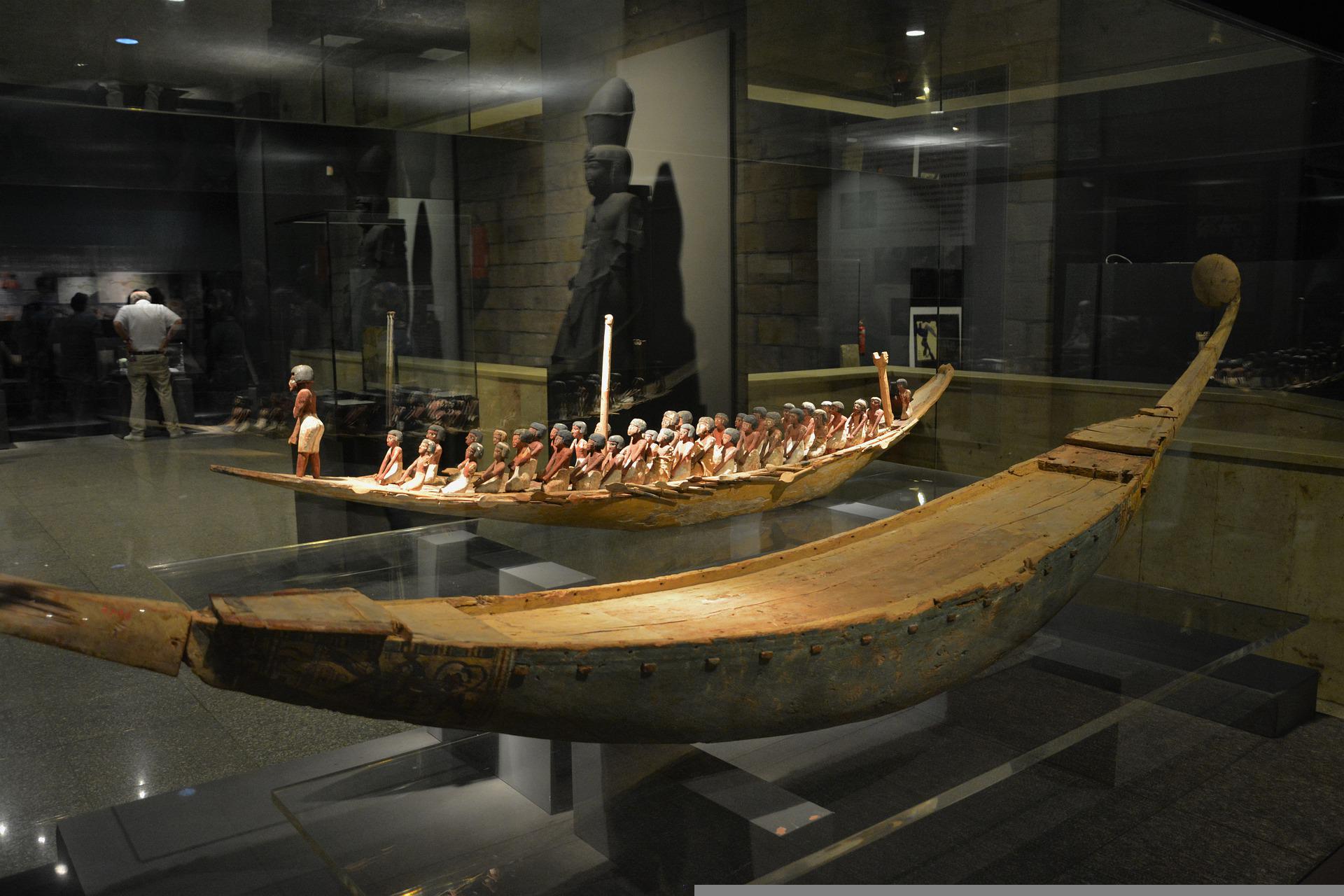
The Fatimid Cairo Treasures
Meandering through Cairo is like mazing through a maginificent open air museum. In Old Cairo sits the oldest medieval street in the world, Al-Muizz. The famous street was founded by the Fatimid leader Al Muizz El Din Allah Al-Fatimi and is one of the most wondrous examples of traditional Islamic architecture.
The Fatimid state represents Egypt’s golden period which produced a lot of stunning Islamic art and architecture. The relics and monuments they left behind speak to their amazing talent and fine craftsmanship across a wide variety of art forms. The Fatimids officially invaded Egypt in 358 AH and founded Cairo just north of Al Fustat, destined to be the empire’s new capital. Al-Azhar was the first mosque built in Cairo.
Al Muizz Sreet is located in the Al-Azhar area in downtown Cairo and it is a gorgeous reflection of the different periods of Islamic culture in Egypt. Until today, it still serves as a very lively market catering to both Egyptians and foreigners. Like Luxor, it can be described at a huge open air museum brimming with Islamic monuments. The street dates back to when Cairo was founded in 869. The street is lined with splendid examples of a variety of Islamic architectural styles.
In terms of architecture, the Fatimids utilizes the Tulunid techniques and even used similar materials. In cairo, the first mosque that accomdated congreattion was Al-Azhar. It was built alongside the institution of higher learning, eventually becoming a spiritual center for Ismaili Shi’i. Al-Hakin was built during 996 and is an enduring example of Fatimad architecture, serving as host for many Fatimid ceremonies and processions, which elevated the role of the Fatimid caliph. Other surviving structures include the incredibly blue mosque al aqmar as well as the gates to the city walls commissioned by Fatimid emir and vizier Badr-al-Jamali (1073-94).
The Fatimid caliphs actively rivaled the Abbasid and Byzantine empires and constructed a wealth of impressive palaces. The palaces however are only known through written descriptions. Some surviving monuments remain in Cairo with some original elements but have undergone modifications over the centuries. Some examples of this architecture includes the Great Mosque of Mahdiya, and the Al-Azhar Mosque, Al-Hakim Mosque, Juyushi and Lulua of Cairo.
Below is a list of important historic monuments, from a number of different periods that line the famous El Muizz Street. The list navigates from the north to south, starting at Bab al-Futuh and ending with Bab Zuweila.
The following monuments are in the northern area of al-Muizz street, between Bab al-Futuh and al-Azhar street:
- Mosque of Al Hakim bi Amr Allah (1013)
- Mosque of Sulayman Agha al-Silahdar (1839)
- Bayt al-Suhaymi (1648-1796)
- Mosque of al-Aqmar (1125)
- Sabil-Kuttab of Abdel Rahman Katkhuda (1744)
- Qasr Bashtak (1339)
- Sabil of Ismail Pasha (1828)
- Hammam of Sultan Inal (1456)
- Madrasa of Al-Kamil Ayyub (1229)
- Madrasa of Barquq (1386)
- Madrasa of Al-Nasir Muhammad (1304)
- Complex of Qalawun (1285)
- Mosque of Taghri Bardi (1440)
- Sabil-Kuttab of Khusraw Pasha (1535)
- Madrasa of Al-Salih Ayyub (1250)
- Khan al-Khalili: a souq district stretching between al-Muizz street and al-Hussein square. (Dating from the Mamluk period, with many changes over time.)
- Mosque of Al-Ashraf Barsbay (1425)
- Mosque of Shaykh Ali Al-Mutahhar (1744)
The monuments below are on the southern part of al-Muizz Street, after the intersection with Al-Azhar Street:
- Madrasa of Sultan Al-Ghuri (1505)
- Mausoleum of Sultan Al-Ghuri (1505)
- Fakahani Mosque (1735)
- Sabil of Tusun Pasha (1820)
- Mosque of Muayyad (1420)
- Wikala and Sabil of Nafisa Bayda (1796)
Beyond Bab Zuweila, the path of the road continues south but takes on different names. A few monuments still exist there near the exit of Bab Zuweila:
- Zawiya of Farag Ibn Barquq (1408)
- Mosque of Salih Tala'i (1160)
- Qasaba of Radwan Bey (1650)
